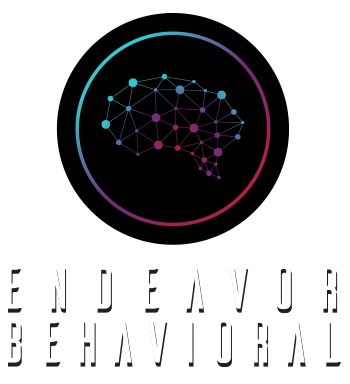WHAT IS ABA?
ABA is the design, implementation, and evaluation of environmental modifications to produce socially significant improvement in human behavior. ABA includes the use of direct observation, measurement, and functional analysis of the relations between environment and behavior.
The field of Behavior Analysis evolved from the scientific study of the principles of learning and behavior
BACB Guidelines: Health Plan Coverage of Applied Behavior Analysis Treatment (2012)
The following was retrieved from Behavior Analyst Certification Board, Inc. (“BACB”).
What is ABA?
ABA is the design, implementation, and evaluation of environmental modifications to produce socially significant improvement in human behavior. ABA includes the use of direct observation, measurement, and functional analysis of the relations between environment and behavior. ABA uses changes in environmental events, including antecedent stimuli and consequences, to produce practical and significant changes in behavior. These relevant environmental events are usually identified through a variety of specialized assessment methods. ABA is based on the fact that an individual’s behavior is determined by past and current environmental events in conjunction with organic variables such as their genetic endowment and ongoing physiological variables. ABA focuses on treating behavioral difficulties by changing the individual’s environment rather than focusing on variables that are, at least presently, beyond our direct access.
Applied Behavior Analysis in the Treatment of Behavior Issues
The field of Behavior Analysis evolved from the scientific study of the principles of learning and behavior. Applied Behavior Analysis is a well-developed discipline among the helping professions, with a mature body of scientific knowledge, established standards for evidence-based practice, distinct methods of service, recognized experience and educational requirements for practice, and identified sources of requisite education in universities. Professionals in ABA engage in the specific and comprehensive use of principles of learning, including operant and respondent learning, in order to address behavioral needs of widely varying individuals in diverse settings.
Important Characteristics
ABA treatment has some important characteristics that should be apparent throughout treatment:
- An objective analysis of the client’s condition by observing how the environment affects the client’s behavior, as evidenced through appropriate data collection
- Importance given to understanding the context of the behavior and the behavior’s value to the individual and the community
- Utilization of the principles and procedures of behavior analysis such that the client’s health, independence, and quality of life are improved.
Essential Practice Elements of ABA
These characteristics should be apparent throughout all phases of assessment and treatment:
- Description of specific levels of behavior at baseline when establishing treatment goals
- A practical focus on establishing small units of behavior which build towards larger, more significant changes in functioning related to improved health and levels of independence
- Collection, quantification, and analysis, of direct observational data on behavioral targets during treatment and follow-up to maximize and maintain progress towards treatment goals
- An emphasis on understanding the current function and future value (or importance) of behavior (s) targeted for treatment
- Efforts to design, establish, and manage the treatment environment (s) in order to minimize problem behavior (s) and maximize rate of improvement
- Use of carefully constructed, individualized and detailed behavior analytic treatment plan which utilizes reinforcement and other behavior analytic principles as opposed to the use of methods or techniques which lack consensus about their effectiveness based on evidence in peer-reviewed publications
- An emphasis on ongoing and frequent direct assessment, analysis, and adjustments to the treatment plan (by the Behavior Analyst) based on client progress as determined by observations and objective data analysis
- Use of treatment protocols that are implemented repeatedly, frequently, and consistently across environments until the client can function independently in multiple situations
- Direct support and training of family members and other involved professionals to promote optimal functioning and promote generalization and maintenance of behavioral improvements
- Supervision and management by a Behavior Analyst with expertise and formal training in ABA
Treatment Components
Treatment components are generally drawn from the following domains:
- Cognitive functioning
- Pre-academic skills
- Safety skills
- Social skills
- Play and leisure skills
- Community integration
- Vocational skills
- Coping and tolerance skills
- Adaptive and self-help skills
- Language and communication
- Attending and social referencing
- Reduction of interfering or inappropriate behaviors



History and Principles
Applied behavior analysis (ABA) is based on the understanding that behavior rewarded is more likely to be repeated, and behavior that is not rewarded is less likely to be repeated. ABA is empirical in that it is data based, and it provides direct measures of performance to determine progress. It’s systematic in that the environment is manipulated. At its simplest, ABA is a tool to help children with ASD learn.
Once called “Lovaas Therapy”, after Dr. Ivar Lovaas from the University of California, ABA began in the late 1960’s as a therapeutic method to use with ASD children. In 1987, Dr. Lovaas led a groundbreaking research study involving children with autism and he found that large, substantial, intellectual and academic improvements could be gained from an intensive (40 hours per week) and early intervention ABA program. Since that time, ABA has become the leading research supported therapeutic treatment for ASD children. Much has been contributed to this early research, and many improvements have been made to how ABA therapy is used today.

